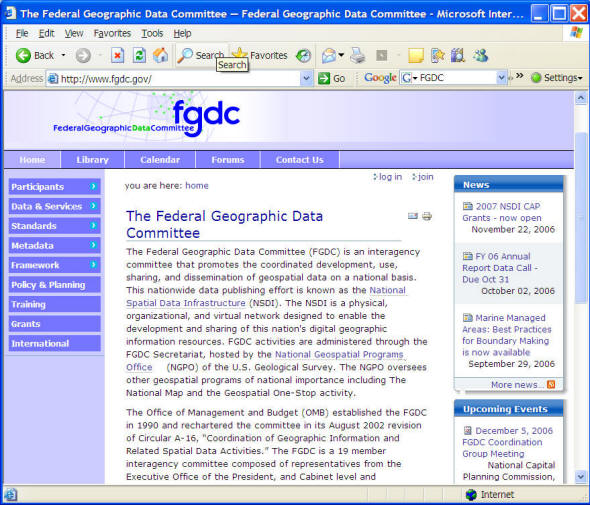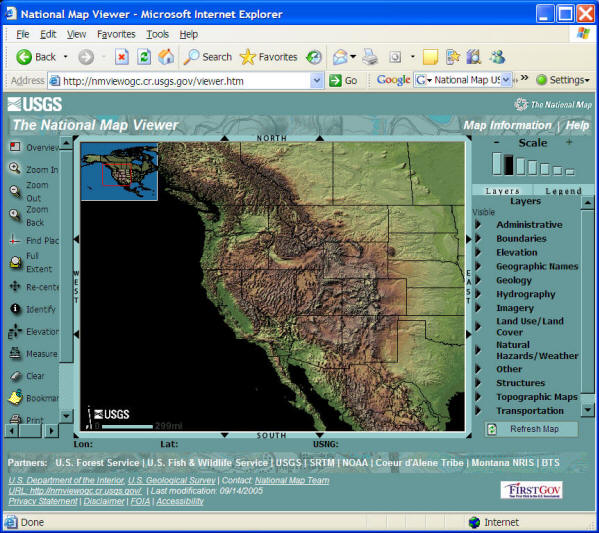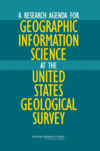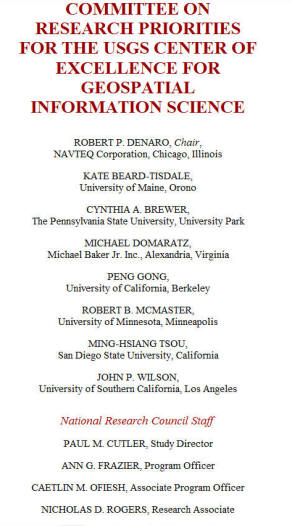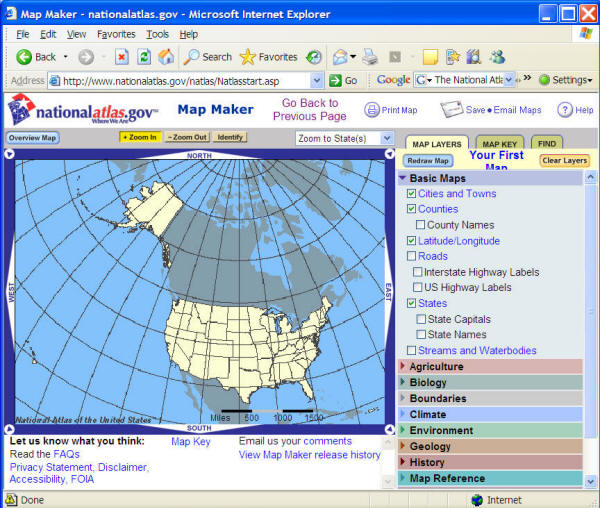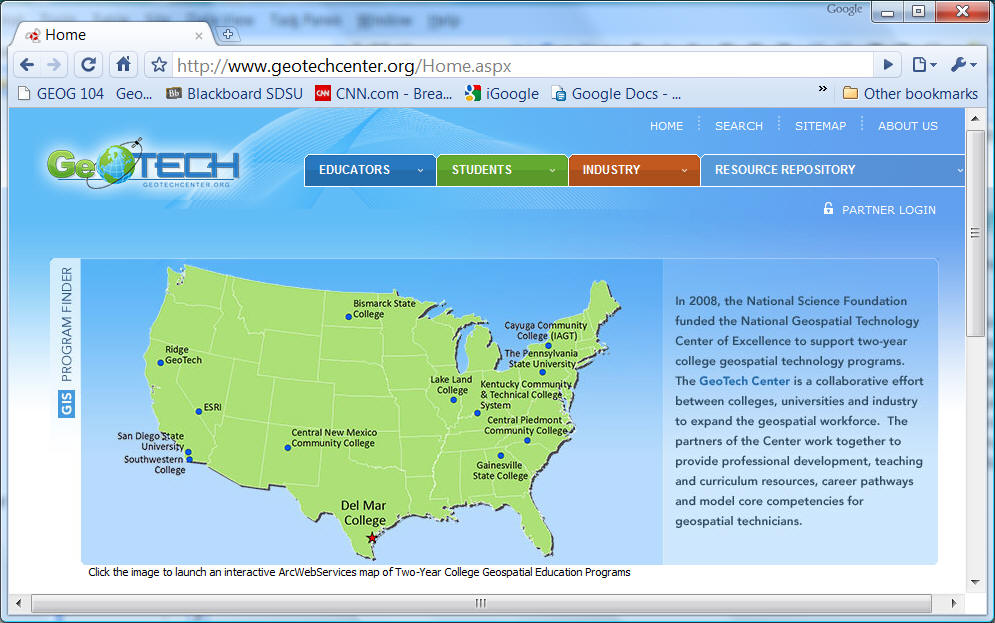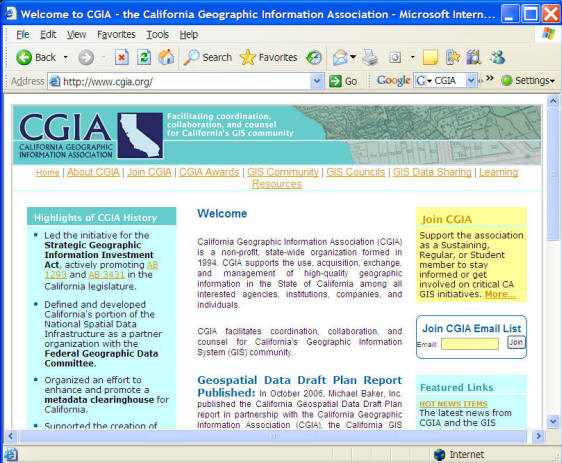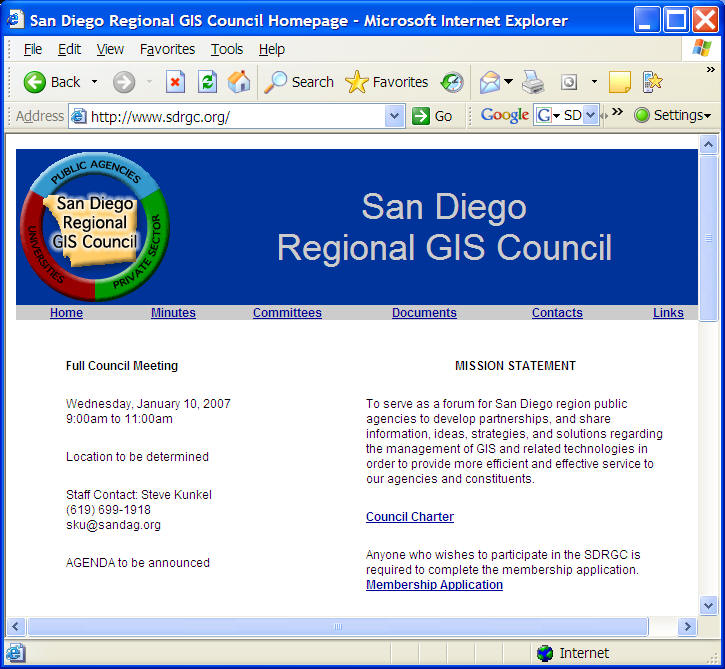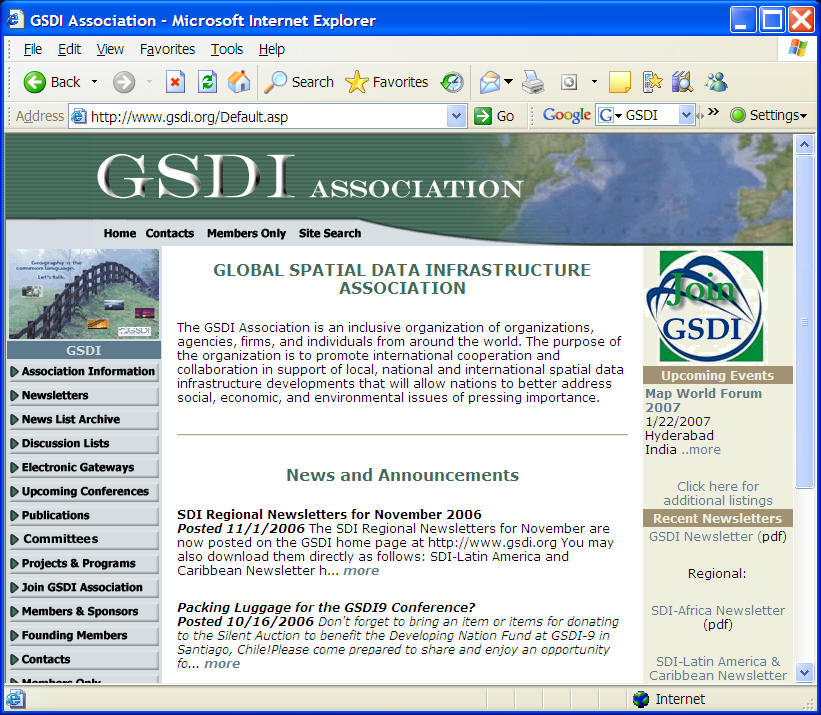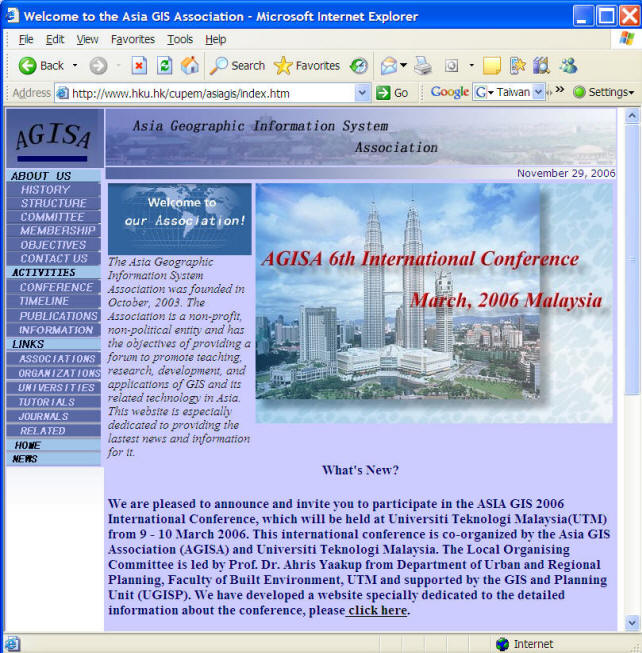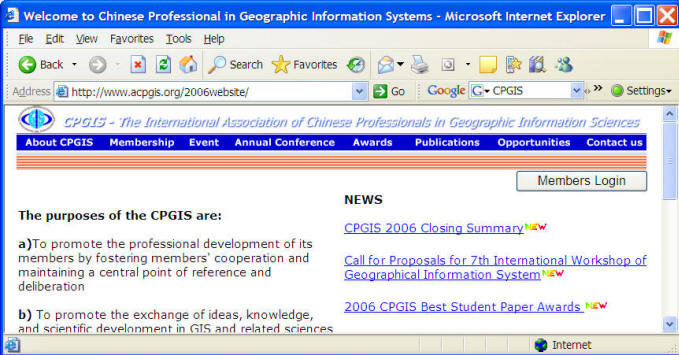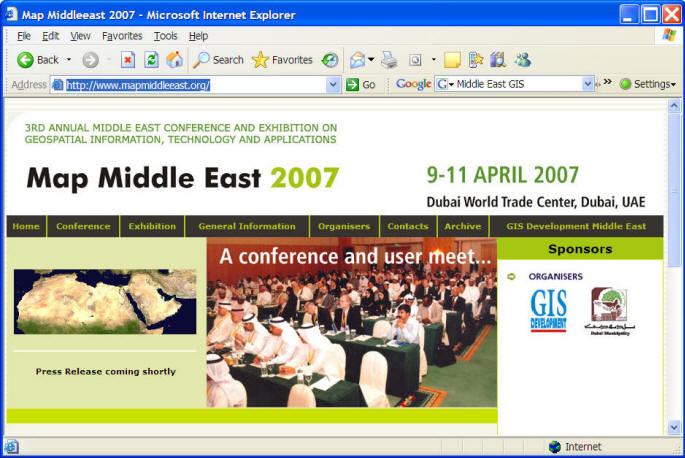
Collaboration at the local level
PPGIS
(Participation GIS) – A GIS framework that allows citizens to be involved in the
spatial decision making process.
By means of:
l
The Internet-based
collaboration environment (different place, different time);
l
Video conference
(different place, same time);
l
Physical geographic
models (same place, same time) (Fig. 1)
l
Virtual geographic
models (same or different place, same time) (Fig. 2);
l
Voluntary map making by
volunteers (Fig. 3);
l
Combination of the
above.

Figure 1. The Example of Participatory
3D Models
(original image from
http://www.iapad.org/database/modeldetails.asp?id=3) (no longer exist)

Figure 2. The Example of “Touch Table”
(Screenshot of the YouTube video)
http://www.youtube.com/watch?v=X2pPeW4cUgU )

Figure 3. An Example of “Green Map”
System
(orignial picture
from
http://www.greenbristol.org.uk/gms/map_browser.pl?x=0&y=0&xo=0&yo=0&zo=0&z=1&map.x=320&map.y=196)
(no longer exist)
The primary goal
is to make it possible for the public access, sharing and analysis to the
geographic information. Based on these, a more wise spatial decision can be
reached.
Examples of High School Student's GIS activities:
http://geoinfo.sdsu.edu/hightech/LM3/
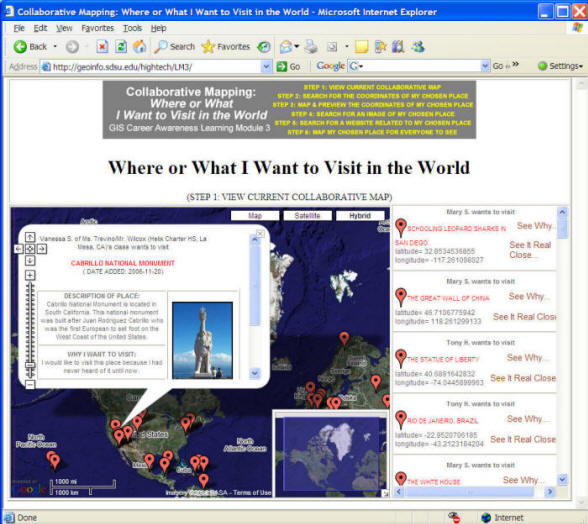
(Figure 4. The collaborative map labeling tasks, from the NSF-ATE project:
http://geoinfo.sdsu.edu/hightech
)
Collaboration
at the National Level
NSDI – National
Spatial Data Infrastructure. (mainly for the United States).
Key issues:
l
Standards (FGDC's
standards)
l
Data clearinghouse
(Geospatial One Stop)
l
Digital spatial data
framework (National Map, National Atlas)
Standards: FGDC
(Federal Geographic Data Committee) standards.
(http://www.fgdc.gov/standards/projects/FGDC-standards-projects/index_html).
 |
Metadata Standards
The Content Standard for Digital Geospatial Metadata (CSDGM), Vers. 2 (FGDC-STD-001-1998)
is the US Federal Metadata standard. The Federal Geographic Data Committee
originally adopted the CSDGM in 1994 and revised it in 1998. According to
Executive Order 12096 all Federal agencies are ordered to use this standard
to document geospatial data created as of January, 1995. The standard is
often referred to as the FGDC Metadata Standard and has been implemented
beyond the federal level with State and local governments adopting the
metadata standard as well.
CSDGM resources:
 |
CSDGM Workbook - The CSDGM Workbook is a user-friendly view of the
standard that includes background on the development of the standard,
explanations of special format requirements, example values, FAQs, and
sample metadata. This workbook is highly recommended for use in all
introductory metadata training and as a desktop reference guide.
| | 




